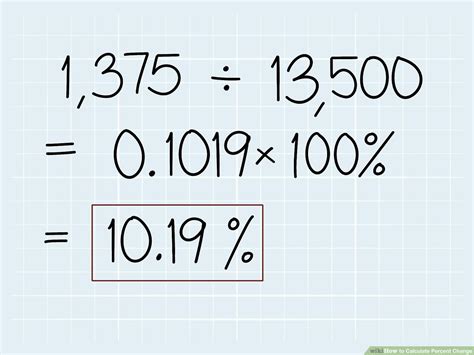How to Calculate the Percentage of a Number: A Simple Guide
Calculating percentages is a fundamental math skill with broad applications, from calculating discounts to understanding financial reports. This guide breaks down how to calculate the percentage of a number, covering various methods and scenarios.
Understanding Percentages
Before diving into calculations, let's clarify what a percentage represents. A percentage is a fraction of 100. For example, 50% means 50 out of 100, or 50/100, which simplifies to 1/2.
Method 1: Using the Formula
The most straightforward method uses a simple formula:
(Percentage/100) * Number = Result
Let's illustrate with an example: What is 20% of 50?
- Identify the variables: Percentage = 20, Number = 50.
- Apply the formula: (20/100) * 50 = 10
- Result: 20% of 50 is 10.
Another Example: What is 75% of 200?
- Identify the variables: Percentage = 75, Number = 200
- Apply the formula: (75/100) * 200 = 150
- Result: 75% of 200 is 150.
Method 2: Converting Percentage to Decimal
This method simplifies the calculation by converting the percentage to its decimal equivalent before multiplying. To convert a percentage to a decimal, divide the percentage by 100.
Let's use the same examples:
Example 1: 20% of 50
- Convert percentage to decimal: 20% / 100 = 0.20
- Multiply by the number: 0.20 * 50 = 10
- Result: 10
Example 2: 75% of 200
- Convert percentage to decimal: 75% / 100 = 0.75
- Multiply by the number: 0.75 * 200 = 150
- Result: 150
Method 3: Using a Calculator
Most calculators have a percentage function (%) that simplifies the process. Simply enter the number, press the multiplication key (*), enter the percentage, and then press the percentage key (%).
Important Note: The specific button sequence may vary depending on your calculator model. Consult your calculator's manual for instructions if needed.
Calculating Percentage Increase or Decrease
This involves finding the percentage change between two numbers. The formula is:
((New Number - Original Number) / Original Number) * 100 = Percentage Change
Example: A product's price increased from $50 to $60. What is the percentage increase?
- Identify variables: Original Number = 50, New Number = 60
- Apply the formula: ((60 - 50) / 50) * 100 = 20%
- Result: The price increased by 20%.
Mastering Percentage Calculations
With consistent practice using these methods, calculating percentages becomes second nature. Remember to choose the method most comfortable and efficient for you. Whether you're calculating discounts, tips, or changes in data, understanding percentage calculations provides a powerful tool for navigating numerical information.
